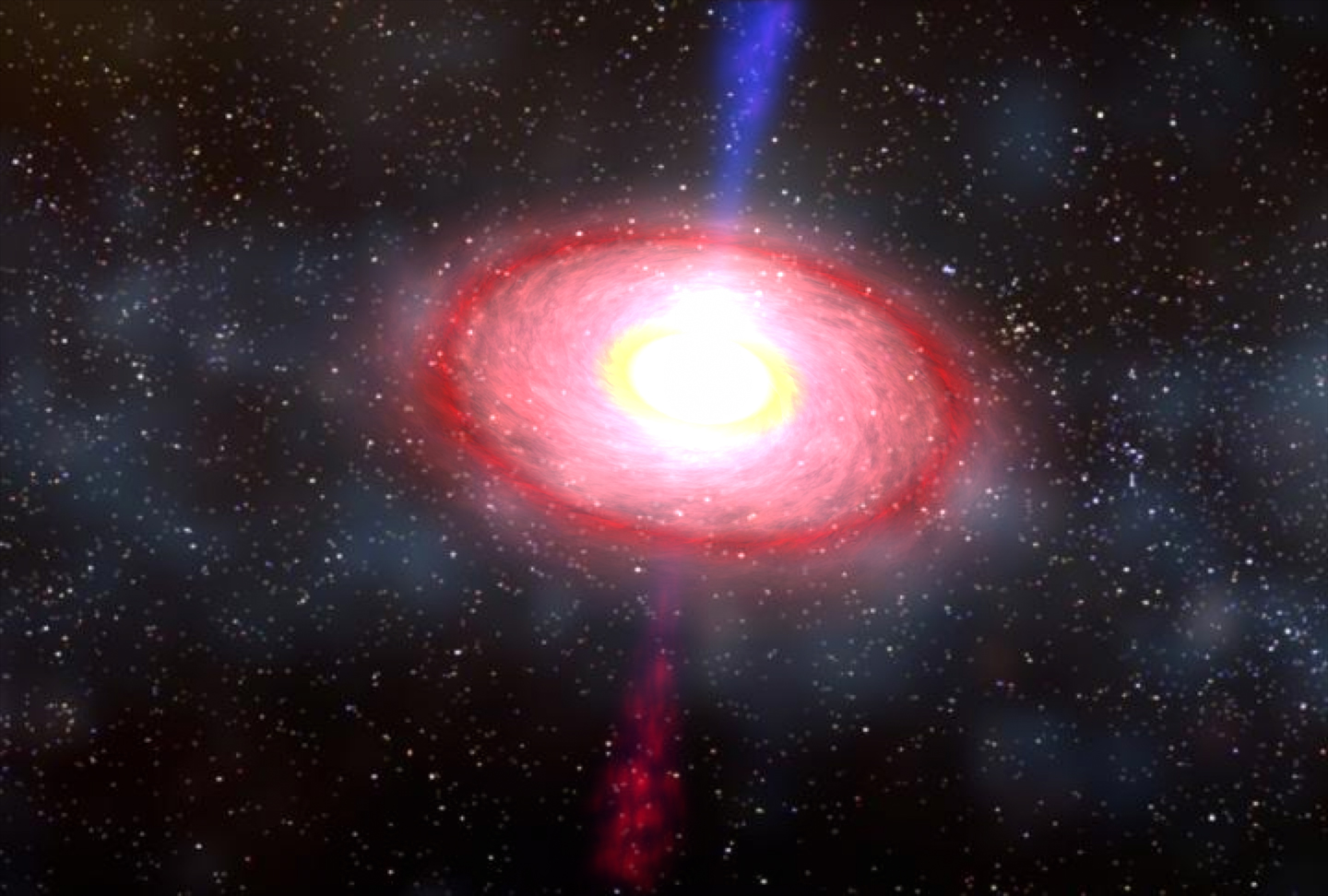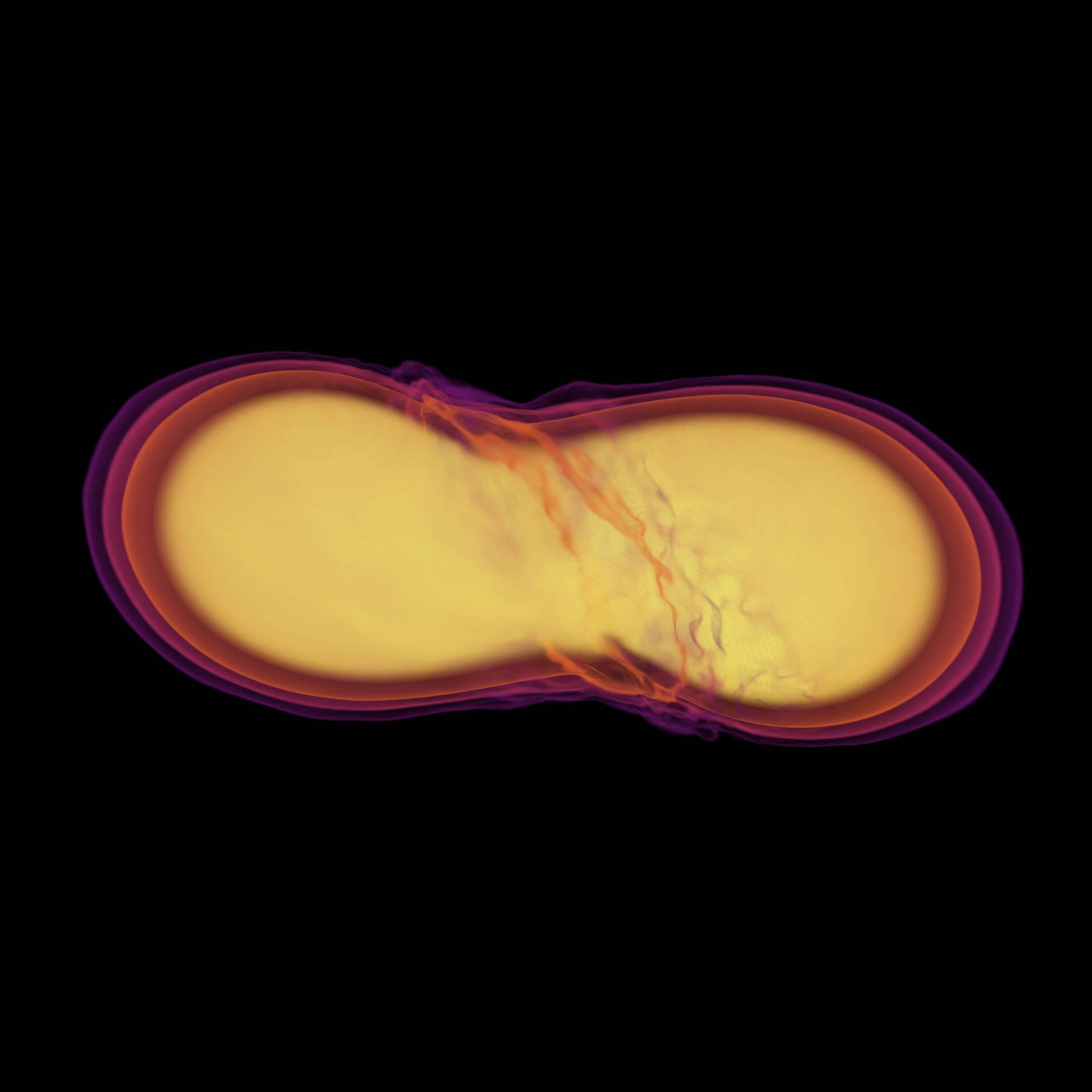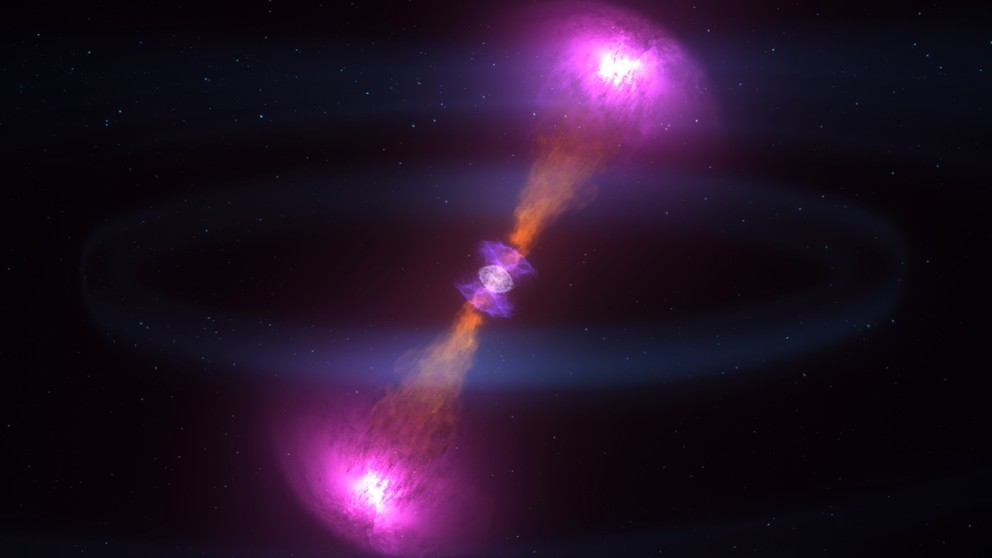
Neutron Stars and Black Holes
Neutron stars have some of the most bizarre properties in the universe. A lot of massive stars will end up exploding and turning into these fascinating objects.
Introduction
These ultra dense stars come from a supernova. This type of supernova leaves part of the core behind. The reason why is that it is less of an explosion. The solid core does not get blasted into space. Instead, the core now goes through more interesting processes of its own. This core is called a stellar remnant. After everything gets blown away by the shock-wave, all that is left is neutrons. This is why it is called a neutron star and it is a fascinating part of astronomy essentials.
Characteristics of Neutron Stars
A neutron star forms after its core collapses. This process occurs when a star that is approximately 6 times as massive as our Sun explodes in a violent supernova. When this happens, the protons and electrons meld into neutrons. Needless to say, these objects are extremely tiny and dense compared to their previous life as a main star. They are tiny objects with mass greater than our Sun. Think about that. This density we are talking about is the main reason for the strange properties and actions of a neutron star. It seems to break all the rules. For example, the gravity of a neutron star is beyond comprehension. The actual size is comparable to a small county. Hopefully that will give you an idea of how dense it is.

Another property of a neutron star is that it spins! This phenomenon introduces all kinds of wild behavior. Scientists are still trying to learn all about this. So not only does it spin, but it does so quite rapidly. It can spin hundreds of times a second. When this happens, its name is a pulsar. Usually a binary system is responsible for a pulsar. One star gives a lot of its material to the other. These are fascinating objects. They will pulsate at many time intervals. The pulses reach us across astronomical distances but do so more regularly than atomic clocks. They are predicted to do it for millions of years.
These pulsars send matter outward at close to the speed of light. An immense magnetic field combined with rapid rotation sends particles and radiation out quickly in a discrete direction. A neutron star can give out these regular pulses of radiation and the type of depends on how it was formed and other variables. The radiation that we can sometimes detect is in the form of radio waves most often. However, other forms of radiation have also been detected. The periods of most pulsars are very fast. They can pulsate many times a second. Telescopes are used to detect the pulsating flashes.

The last main property is its strong magnetic field. It is also much stronger than its parent magnetic field. The reason is the same too. Decreasing in size so much makes the field much stronger. The average neutron star has a magnetic field around a trillion times stronger. Then there is a type of neutron star that has an even stronger magnetic field. It is the magnetar. These have ferocious magnetic fields. There is nothing in the known universe that has a stronger field.
Fast Pulsars
Regular pulsars have rotational periods of several times a second on average. However, there are a few strange species that can actually rotate several hundred times a second. These almost defy description. If you need something to study one day, these astronomical objects would be worth your time. Most are found in globular clusters. Globular clusters are very old, some of the oldest regions in the universe. They are a constant star forming region. That is probably why neutron stars became pulsars.
So fast pulsars probably formed through interactions with other stars. It could have been a companion or some other object nearby. Whichever it was, the interaction increased the spin rate of the neutron star. That is the best guess as to how this process happens.
Companion Stars
Since a lot of stars have companions, neutron stars are no exception. These are called binary systems. This allows their mass to be determined to a fair degree of accuracy. Astronomers have noticed that many neutron stars are of similar size. That size is slightly larger than our own Sun. This is called the Chandrasekhar limit. This was an incredible discovery. It meant Astronomers needed to find out why this happened.
Binary systems of neutron stars will also emit x-rays. This process is not too well understood, but it is thought to be because gas is pulled away from the companion star. This gas becomes part of an accretion disk which gets super-heated. When it gets hot enough, it starts emitting x-rays. These x-rays have incredible energy associated with them.
Binary Collisions

The two stars can sometimes have a neutron star collision. This is a strange event that releases enormous amounts of energy. It happens when they orbit each other and somehow get too close. This is the beginning of the end. This event is the main source of heavy elements in the universe. These include the valuable gold and platinum.
Gamma Rays
So, gamma rays probably did not create the Incredible Hulk, but how cool would that be if they could! Anyway, I got distracted there, gamma rays are highly energetic blasts of radiation. These rays are very rare too. Astronomers think they come from outside the galaxy. In other words, they come from very far away! There does not seem to be any pattern to them either. Appearances are completely random. That is why they are popular to study.
Their structure seems more akin to a laser beam. Highly concentrated and fast traveling. Astronomers do not know much more than that. Scientists have developed a few different models to explain their behavior. None of which has become universal. One of the problems is they violate our known physics laws. That is indication that our own physics is not substantial enough yet. Scientists have a lot of work to do still.
Black Holes
Black holes are confusing objects. Hollywood and tv does not help with this matter either. The most simple explanation I can offer is they are stellar remnants that have been compressed so much they do not follow our rules of physics anymore. Black holes are not even holes. They are just a super dense neutron star. This neutron star is so dense that it alters our understanding of gravity and density. We can guess and speculate, but scientists do not know anymore than that. If you have read scientific literature for any length of time, then you know they like to speculate and offer what-if scenarios. This is all because no one really understands them. Their entire existence is just a theory at this time. So don’t believe what you see in the movies, no matter how entertaining.
One of the ideas scientists think they are certain about is that a black hole or neutron star can not be above 3 solar masses. That is relative to our Sun. No one is sure why this is the case either. It is thought to be because of the properties of neutrons.
The really difficult thing about black holes is they give no information about themselves. If they exist, they would not give off any kind of radiation. This means no visible light, x-rays, or pulses of any kind. This is because gravity would keep any radiation from leaving. That includes light. That is how powerful gravity is. The only effect we would see is gravitational effects on other objects. So that would be our only clue.